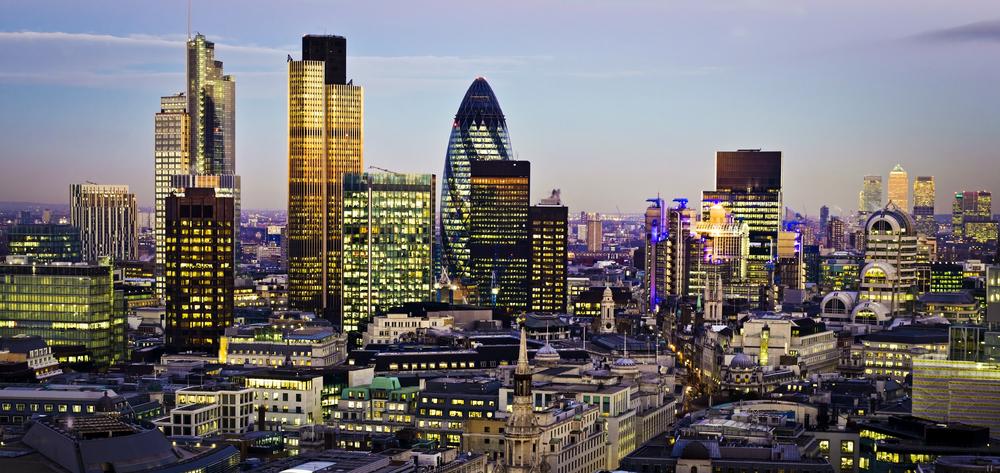The UK’s national debt has hit the highest rate since the 1960s.
Recent figures from the Office for National Statistics show that Britain borrowed £22.3bn in October, which is £10.8bn more than a year ago.
The ONS said: “The extra funding required to support government coronavirus support schemes combined with reduced cash receipts and a fall in gross domestic product (GDP) have all helped push public sector net debt as a ratio of GDP to levels last seen in the early 1960s.”
The cost of the pandemic continues to rise and borrowing between April and October is the highest level in that period since records began in 1993.
“We’ve provided over £200bn of support to protect the economy, lives and livelihoods from the significant and far reaching impacts of coronavirus,” said Rishi Sunak, commenting on today’s figures.
“This is the responsible thing to do. But it’s also clear that over time it’s right we ensure the public finances are put on a sustainable path,” he added.
The level of borrowing fell from the month prior, where the UK government borrowed £28.6bn.
Overall, Britains debt has grown to £2.06 trillion in October. This year it has grown by a record level.
The public sector net debt is around £2,076.8bn, which around 100.8% of gross domestic product (GDP).

